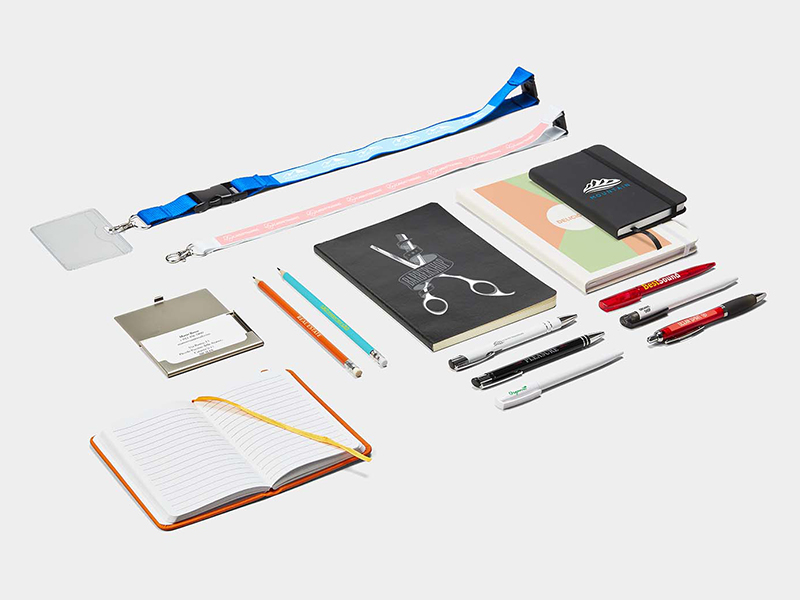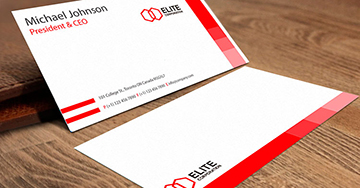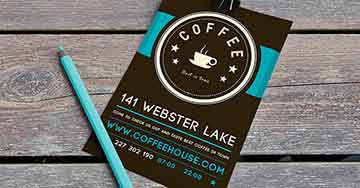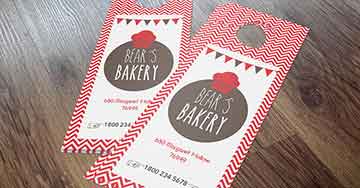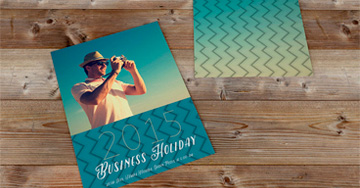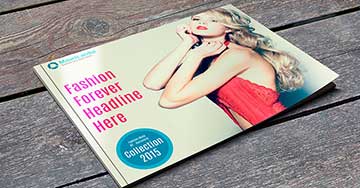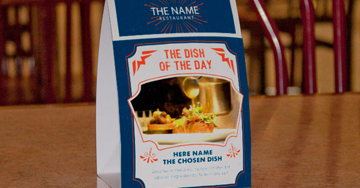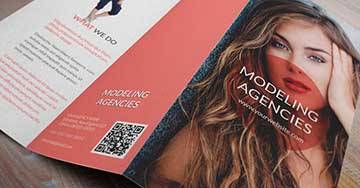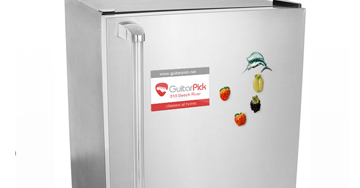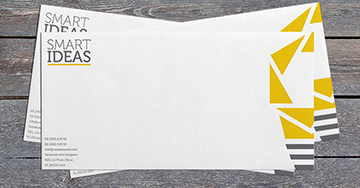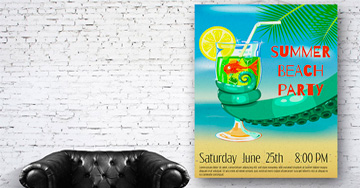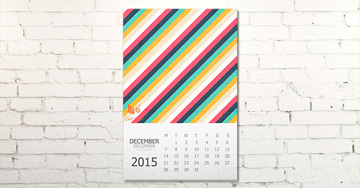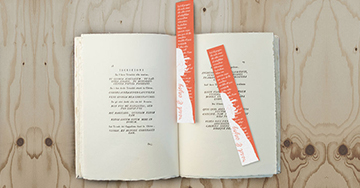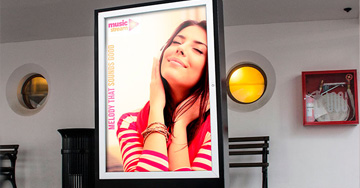TABLE OF CONTENTS
Key Takeaways
-
Invest in Quality Promotional Materials: High-quality promotional materials can significantly enhance your brand's visibility and credibility. Prioritize well-designed, professional items.
-
Diversify Your Materials: Utilize a mix of promotional materials like flyers, business cards, and digital content to reach a broader audience and cater to different preferences.
-
Focus on Design: Effective design is crucial. Ensure your promotional materials are visually appealing and align with your brand identity. Use clear fonts, vibrant colors, and professional images.
-
Strategize Distribution: Distribute your materials strategically through various channels such as events, direct mail, and social media to maximize reach and impact.
-
Learn from Successful Campaigns: Analyze examples of successful promotional campaigns to understand what works. Adapt their strategies to fit your unique business needs.
-
Follow a Step-by-Step Process: A structured creation process ensures consistency and quality. Plan, design, produce, and distribute your materials methodically for the best results.
Importance of Promotional Materials
Boost Brand Awareness
Promotional materials help increase visibility. They place your brand in front of potential customers. Items like pens, mugs, and t-shirts are school promotional products that should carry your logo.
Consistent branding across all items is crucial. Use the same colors, fonts, and logos. This ensures people recognize your brand easily.
Unique designs help your brand stand out. Consider creative shapes or unusual items. Eye-catching designs grab attention quickly.
Engage Target Audience
Create interactive and useful promotional items. People appreciate things they can use daily. Examples include calendars, notebooks, reusable bags, and custom made buttons
Tailor materials to audience preferences. Research what your target market likes. For example, tech gadgets for young adults or eco-friendly products for environmentally conscious customers.
Eye-catching designs capture attention. Bright colors and bold fonts work well. Ensure the design matches your brand's personality.
Enhance Customer Loyalty
Offer high-quality, useful promotional items. Customers value practical gifts that last long. Quality items reflect positively on your business.
Personalize materials to make customers feel valued. Add names or special messages on the items. Personalized gifts create a stronger connection.
Provide exclusive items for loyal customers. These could be limited-edition products or early access to new items. Exclusive promotions make customers feel special and appreciated.
Types of Promotional Materials
Custom Apparel
T-Shirts and Hoodies
Design apparel with your logo and brand colors. Choose comfortable, durable fabrics. Offer various sizes to cater to all customers. This makes sure everyone can wear your brand proudly.
Hats and Caps
Use stylish designs that appeal to your audience. Ensure high-quality embroidery or printing. Consider seasonal trends for better engagement. For instance, offer beanies in winter, vintage political buttons, and caps in summer.
Printed Items
Business Cards
Include essential contact information. Use a professional design that reflects your brand. Opt for high-quality paper and finishes. A well-made business card leaves a lasting impression.
Brochures and Flyers
Highlight key products or services. Use compelling visuals and concise text. Distribute in high-traffic areas for maximum reach. This can include malls, events, or even local cafes.
Office Supplies
Pens and Notepads
Brand with your logo and contact details. Opt for practical, everyday use items. Ensure good quality for lasting impressions. People use pens and notepads daily, keeping your brand visible.
Sticky Notes
Print your logo on every sheet. Offer in various colors and sizes. Distribute at events and meetings. Sticky notes and custom pin buttons are useful tools that keep your brand front and center. You can watch tutorials or read more on how to make custom buttons as promotional items for your brand.
Design Tips for Promotional Materials
Know Your Audience
Understand who you are targeting. Research their demographics and preferences. This includes age, gender, location, and interests.
Tailor your promotional materials to match these interests. For example, if your audience is young adults, use trendy designs and modern language.
Adjust strategies based on feedback and trends. If something isn't working, change it. Keep an eye on what your competitors are doing as well.
Keep It Simple
Avoid cluttered designs and excessive text. Too much information can overwhelm the viewer. Focus on one key message per item.
Use clean, easy-to-read fonts and layouts. Make sure the text is legible at a glance. White space can help make your design look more professional.
Use Quality Images
Invest in high-resolution photos and graphics. Low-quality images can make your materials look unprofessional. Ensure images are relevant to your brand. They should reflect what your business stands for.
Avoid stock photos that look generic or overused. Unique images will make your promotional materials, like custom made buttons, custom door hangers, and custom pin buttons, stand out more.
Distribution Strategies
Events and Trade Shows
Prepare a variety of promotional items. These can include branded pens, tote bags, and custom lanyards as school promotional products. Use eye-catching displays to attract visitors. Bright colors and large banners work well.
Offer exclusive giveaways to attendees. This creates excitement and draws more people to your booth. Items like limited-edition products, special discounts, or promotional scratch off tickets are effective.
Direct Mail Campaigns
Personalize materials for each recipient. Use their name and address them directly in the content. This makes the message feel more relevant.
Include a clear call-to-action. Tell recipients what you want them to do next, such as visiting your website or calling for more information. Track responses to measure effectiveness. Use unique codes or URLs to see how many people respond.
Online Giveaways
Promote through social media and email. Share posts on platforms like Facebook, Instagram, and Twitter. Send out emails to your subscriber list.
Set clear entry rules and deadlines. Make sure participants know how to enter and when the giveaway ends. Offer desirable prizes to encourage participation. Popular items include gift cards, tech gadgets, unique custom buttons, or exclusive product bundles.
Examples of Successful Campaigns
Case Study 1
Coca-Cola's "Share a Coke" campaign is a great example. Launched in 2011, it replaced the brand's logo with popular names on bottles. This strategy aimed to create a personal connection with customers.
The promotional materials included personalized bottles and cans, social media engagement, and TV commercials. Coca-Cola also encouraged users to share photos of their personalized drinks on social platforms using the hashtag #ShareaCoke.
As a result, Coca-Cola saw a 7% increase in sales among young adults. Social media engagement rose by 870%, and the campaign expanded to over 80 countries. This success showcased how personalization could drive consumer interaction and boost sales.
Case Study 2
Nike's "Dream Crazy" campaign, featuring Colin Kaepernick, tackled social issues head-on. Released in 2018, it focused on equality and justice. The campaign faced unique challenges due to its controversial nature.
Promotional materials included a powerful video ad, billboards, and social media posts. Nike used the slogan "Believe in something. Even if it means sacrificing everything." The bold message resonated with many but also sparked debates.
Despite initial backlash, Nike's online sales grew by 31% following the ad's release. The company's stock price reached an all-time high shortly after. This case demonstrated how addressing social issues can strengthen brand loyalty and attract new customers.
Step-by-Step Creation Process
Choose the Right Material
Select materials that reflect your brand’s quality. High-quality materials make a lasting impression. Consider durability and usability. Durable materials ensure longevity and repeated use. Ensure eco-friendly options when possible. This appeals to environmentally conscious consumers.
Design Your Content
Align designs with your brand identity. Consistency reinforces brand recognition. Use professional designers if needed. Skilled designers can elevate your promotional materials. Test different designs to see what resonates best. A/B testing helps identify effective designs.
Print and Produce
Choose reputable printing services. Quality printing is crucial for professional results. Verify proofs before final production. Checking proofs prevents costly errors. Order in bulk to reduce costs. Bulk orders often come with discounts, saving money in the long run.
Practical Tips for Success
Set Clear Goals
Define what you want to achieve with your materials. Are you aiming to increase brand awareness, generate leads, or boost sales? Each goal requires different approaches and types of promotional materials.
Establish measurable objectives. For example, if your goal is to generate leads, set a specific number of leads you want to acquire within a certain period. This helps in evaluating the success of your campaign.
Align goals with the overall marketing strategy. Make sure that the promotional materials support the broader marketing efforts. If your company focuses on digital channels, ensure that the materials are optimized for online distribution.
Track Results
Monitor distribution and usage of materials. Keep track of where and how the materials are being distributed. This can be done through QR codes, tracking URLs, or unique discount codes.
Collect feedback from recipients. Ask customers and prospects about their experience with the promotional materials. Did they find them useful? Were they engaging? Use surveys or direct feedback methods to gather this information.
Analyze data to refine future campaigns. Look at metrics such as engagement rates, conversion rates, and ROI. Identify what worked well and what didn't. Use this data to make informed decisions for future promotional efforts.
Related Guides
All content inside Guides type
1072
Get the best tips for designing and distributing promotional marketing materials. Enhance your marketing campaign with effective print materials.
Related Industries
Browse our related industries
3169
Discover how Farm Business Cards can boost your Agriculture Farming brand with our detailed guide, offering practical tips for creating effective cards.
1720
Discover our guide on designing effective Fitness Business Cards for Fitness Sports, offering key insights to elevate your branding with personalized print solutions.
Discover our informative Farm Flyers guide and learn how to design effective prints for Agriculture Farming, enhancing your communication with the farming community.
Learn how Farm Door Hangers can enhance Agriculture Farming practices with this insightful guide, designed to offer practical tips and solutions.
Discover our informative guide on Entertainment Postcards and Art Entertainment, and master the art of crafting captivating postcards for any occasion.
Discover our in-depth guide on Corporate Catalogs for the Corporate Industry to enhance your printing strategy and engage clients effectively.
Discover our guide on creating impactful Automotive Table Tents for Automotive Transportation events and elevate your marketing game with practical insights, today.
Discover our guide on crafting impactful Financial Postcards, a must-read for Financial Services looking to enhance customer engagement effectively.
